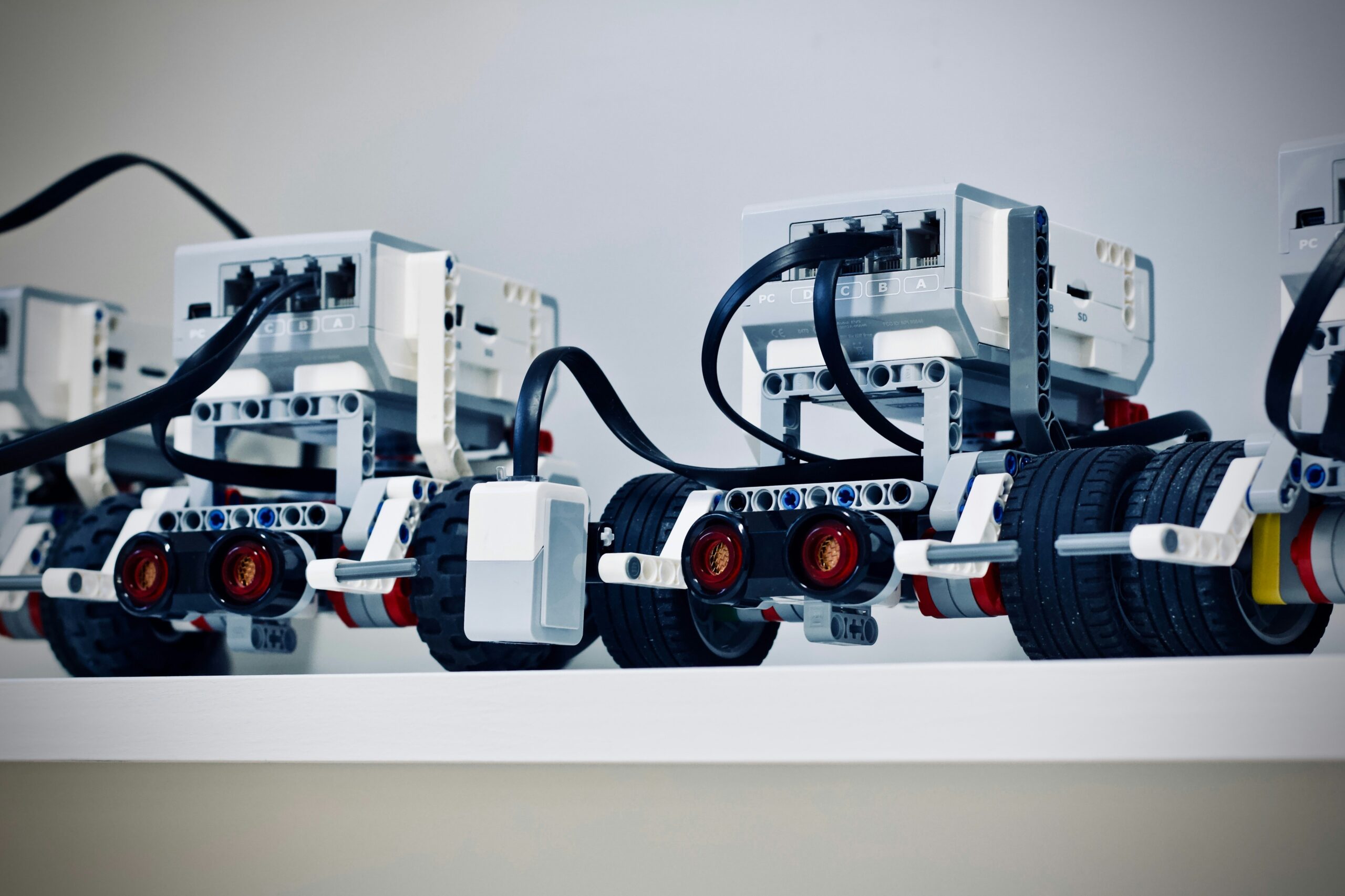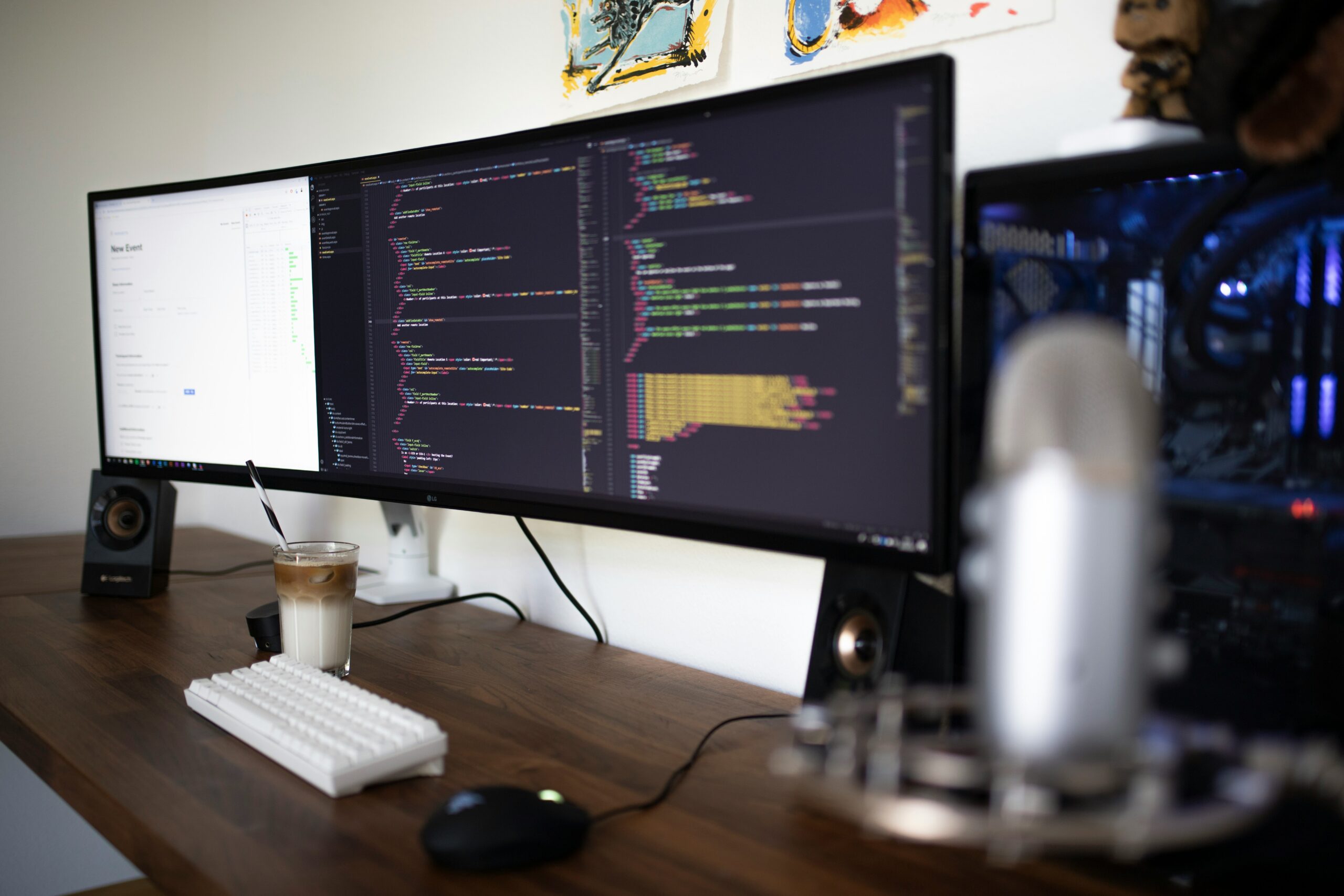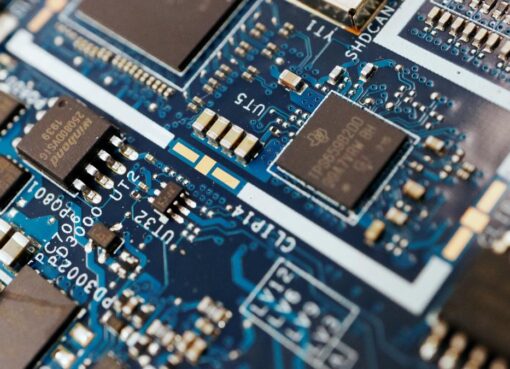Introduction to Robotics: Building and Programming Your Own Robots

Welcome to the exciting world of robotics! Whether you’re a beginner or have some experience in the field, building and programming your own robots can be a fascinating and rewarding hobby. In this blog post, we’ll explore the basics of robotics, from the different types of robots to the tools and skills you’ll need to get started.
What is Robotics?
Robotics is the branch of technology that deals with the design, construction, operation, and programming of robots. A robot is a machine that can carry out tasks autonomously or semi-autonomously, often mimicking human actions or performing tasks that are too dangerous or repetitive for humans to do.
Types of Robots
There are various types of robots, each designed for specific purposes. Some common types of robots include:
- Industrial Robots: These robots are used in manufacturing and assembly lines to perform repetitive tasks with precision and speed.
- Mobile Robots: These robots are designed to move around and interact with their environment. Examples include drones and autonomous vehicles.
- Humanoid Robots: These robots are designed to resemble humans in appearance and behavior. They are often used in research and entertainment.
- Medical Robots: These robots are used in the field of medicine for tasks such as surgery, rehabilitation, and patient care.
Building Your Own Robot
Building your own robot can be a fun and educational experience. Here are the basic steps involved:
- Define the Purpose: Determine what you want your robot to do. Do you want it to move, interact with its environment, or perform specific tasks?
- Design and Plan: Sketch out your robot’s design and create a plan for its construction. Consider the materials and components you’ll need.
- Assemble the Robot: Gather the necessary parts and tools, and start assembling your robot according to your design. This may involve soldering, wiring, and mechanical assembly.
- Program the Robot: Once your robot is built, you’ll need to program it to perform the desired tasks. This can involve coding in languages like C++, Python, or using visual programming tools.
- Test and Iterate: Test your robot’s functionality and make any necessary adjustments or improvements. Robotics is an iterative process, so don’t be afraid to experiment and learn from your mistakes.
Skills and Tools for Robotics
Building and programming robots requires a combination of technical skills and tools. Here are some essential skills and tools you’ll need:
- Electronics: Basic knowledge of electronics, including understanding circuits, soldering, and using electronic components.
- Mechanics: Understanding mechanical principles and how to assemble and operate mechanical components.
- Programming: Proficiency in programming languages like C++, Python, or visual programming tools like Arduino or Raspberry Pi.
- Sensors and Actuators: Familiarity with different types of sensors and actuators used in robotics, such as motors, servos, and proximity sensors.
- 3D Design and Printing: Knowledge of 3D design software and 3D printing techniques can be useful for creating custom robot parts.
Resources for Learning Robotics
There are plenty of resources available to help you learn robotics. Here are some recommendations:
- Online Tutorials and Courses: Websites like Coursera, Udemy, and YouTube offer a wide range of tutorials and courses on robotics.
- Books: There are many books available on robotics, ranging from beginner-friendly introductions to advanced technical guides.
- Robotics Clubs and Communities: Joining robotics clubs or online communities can provide opportunities for learning, collaboration, and sharing ideas.
- Experiment and Explore: Don’t be afraid to experiment and explore on your own. Building and programming robots is a hands-on learning experience.
Conclusion
Building and programming your own robots is an exciting and creative endeavor. Whether you’re interested in robotics as a hobby or a potential career path, the possibilities are endless. By understanding the basics of robotics, acquiring the necessary skills and tools, and exploring available resources, you can embark on a journey of discovery and innovation in the world of robotics.



Leave a Comment